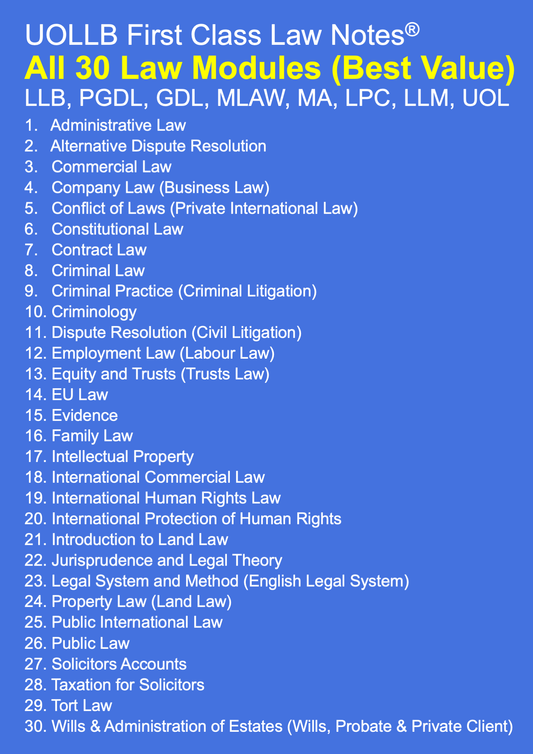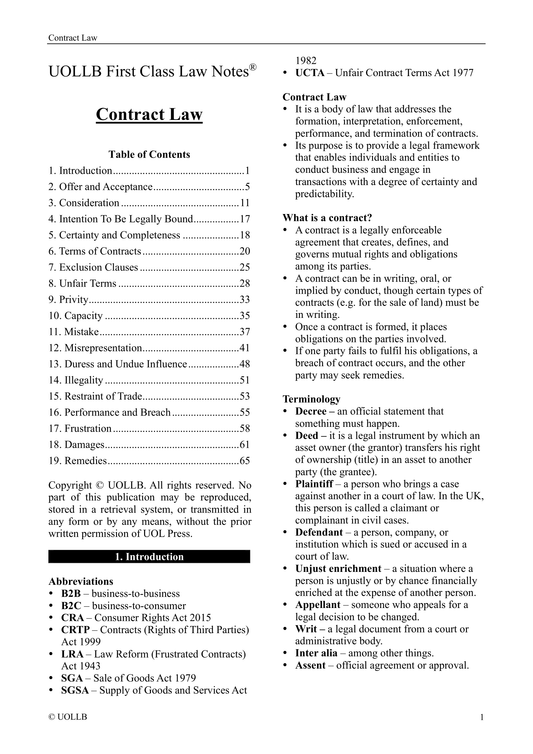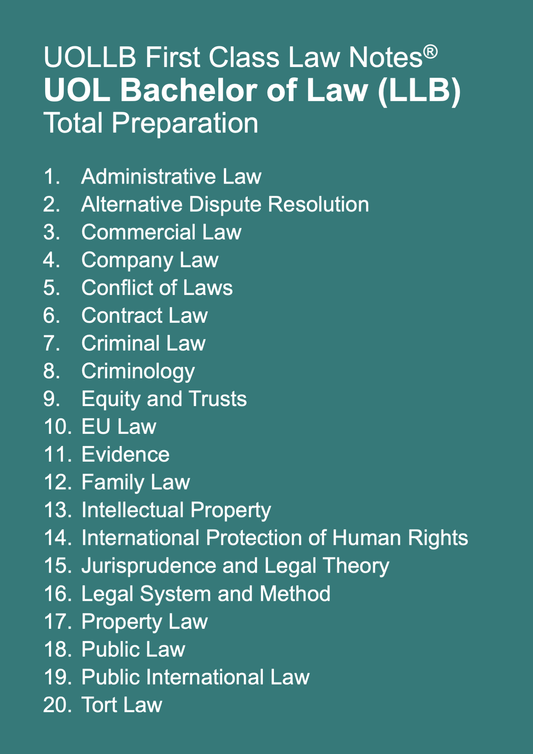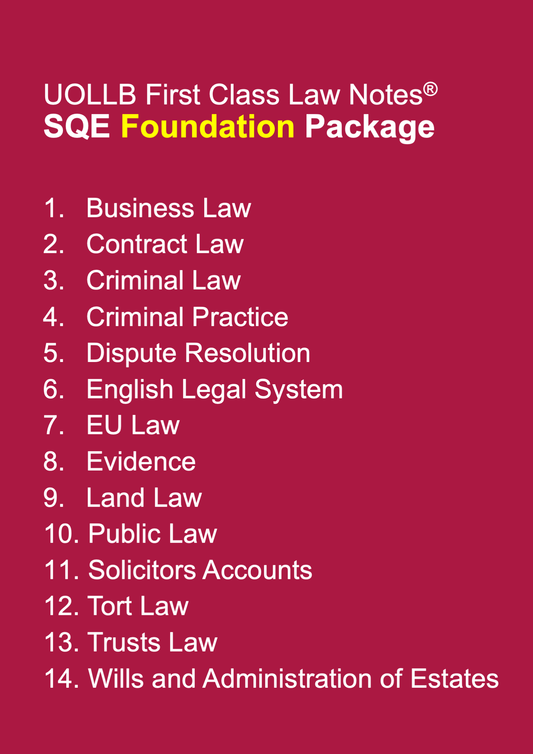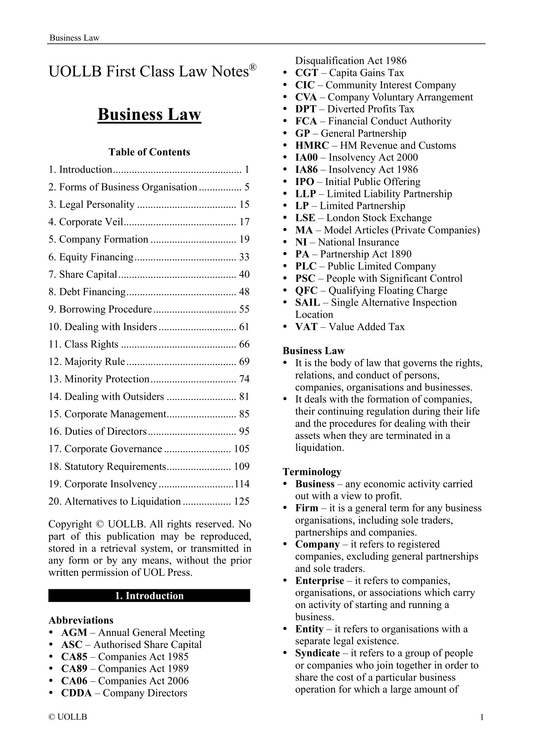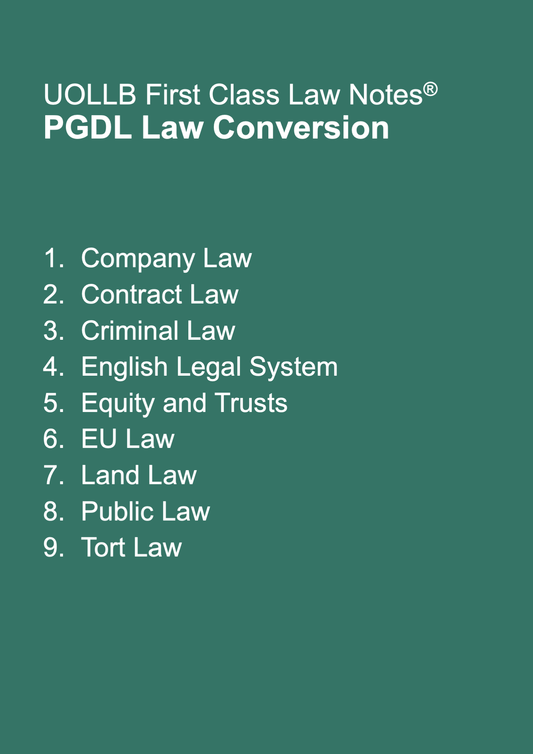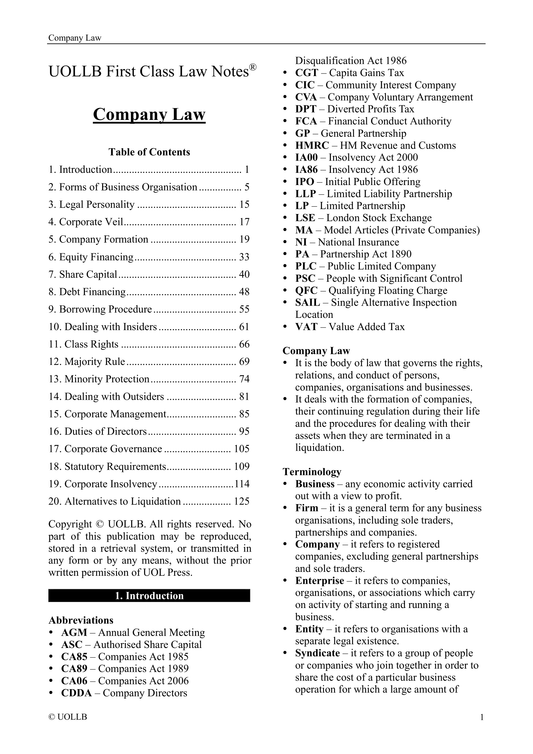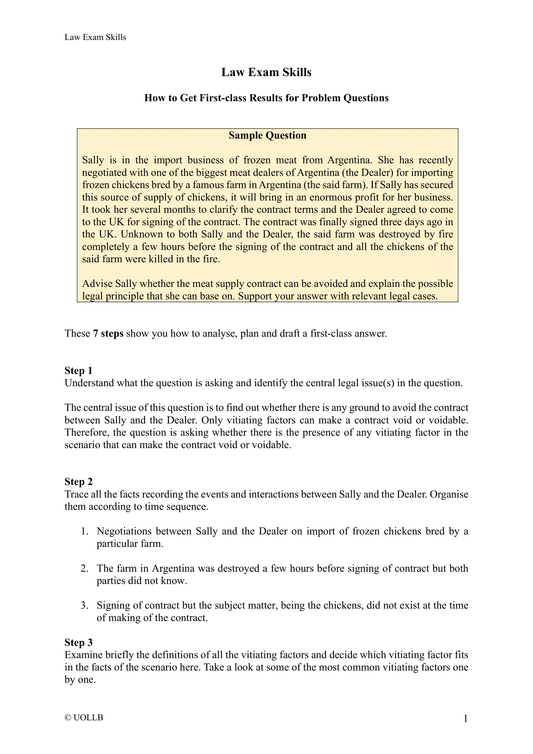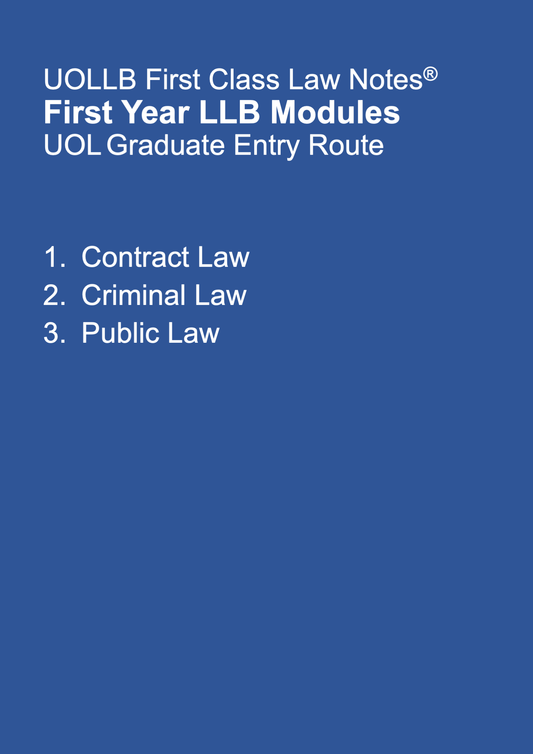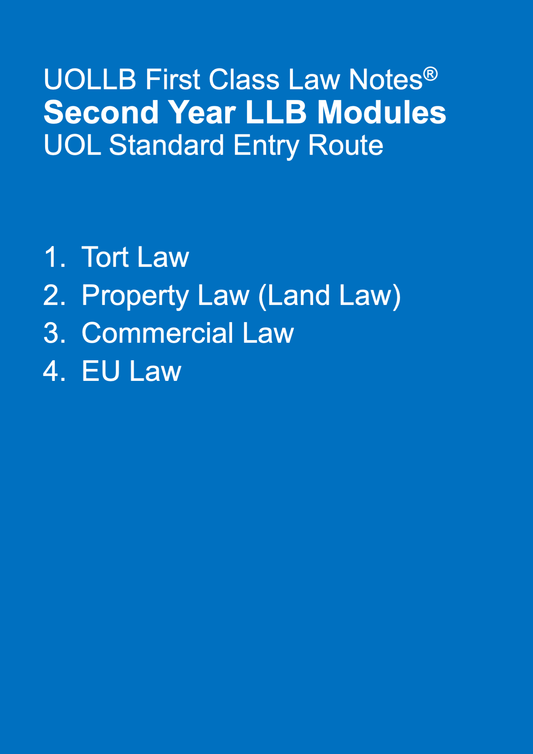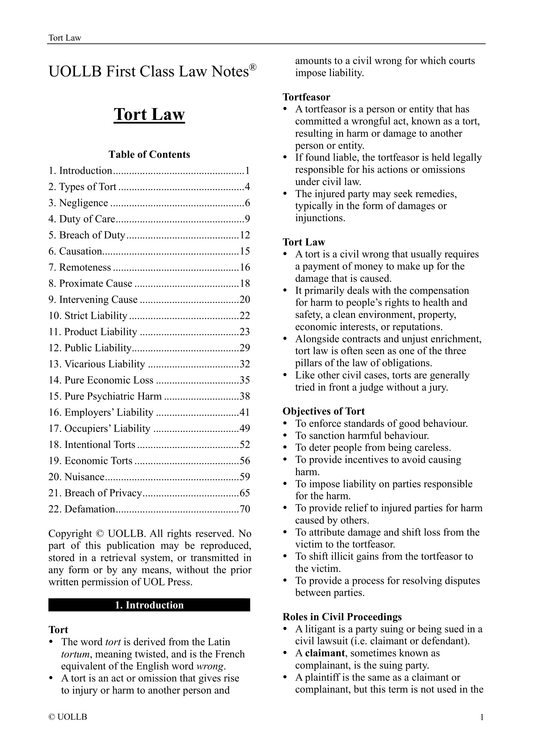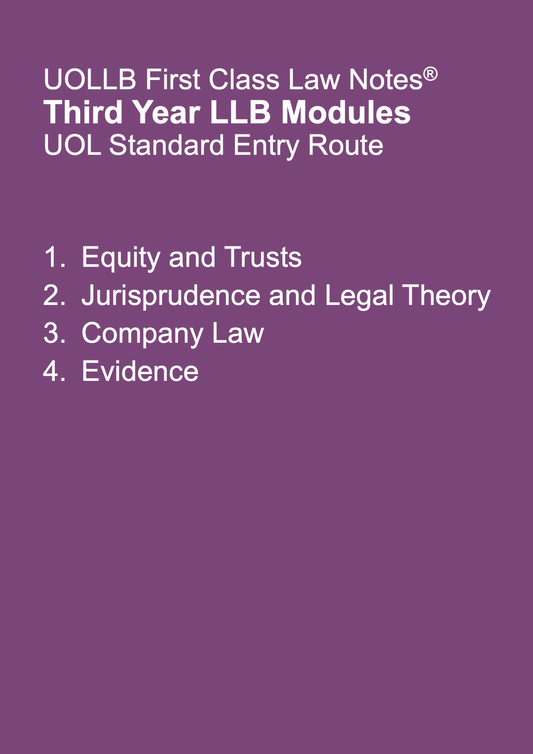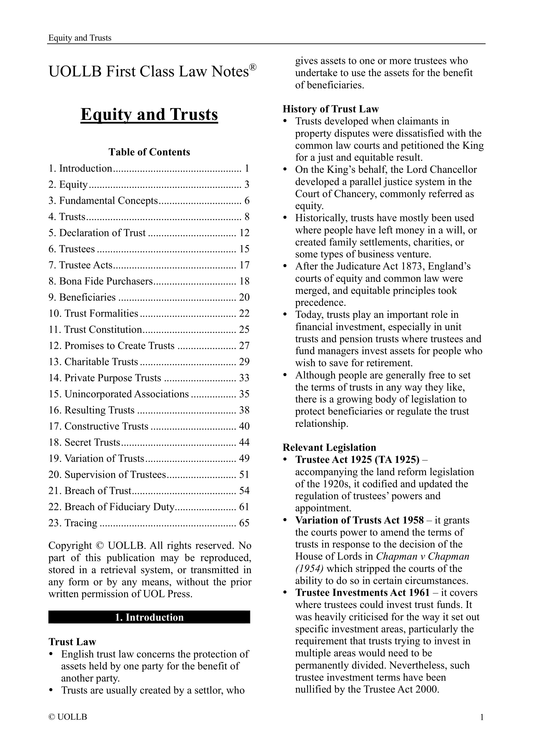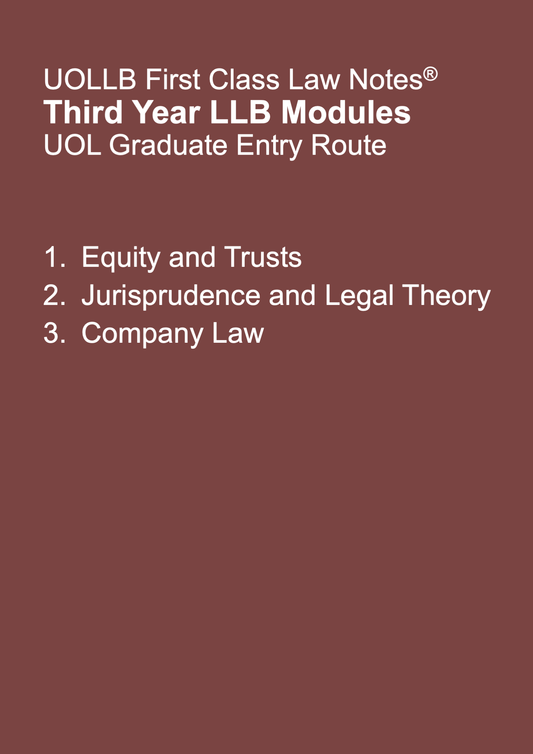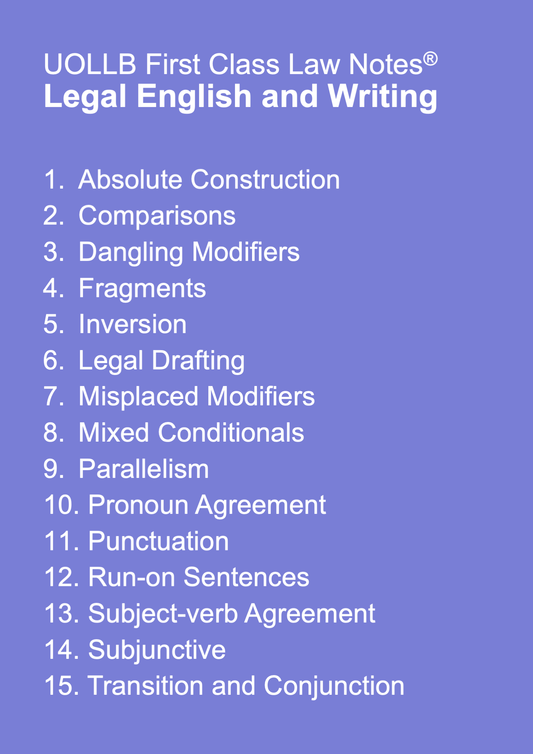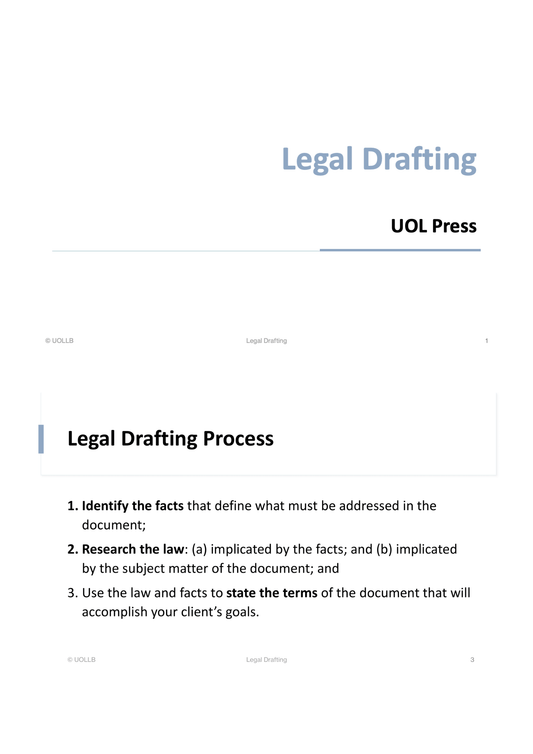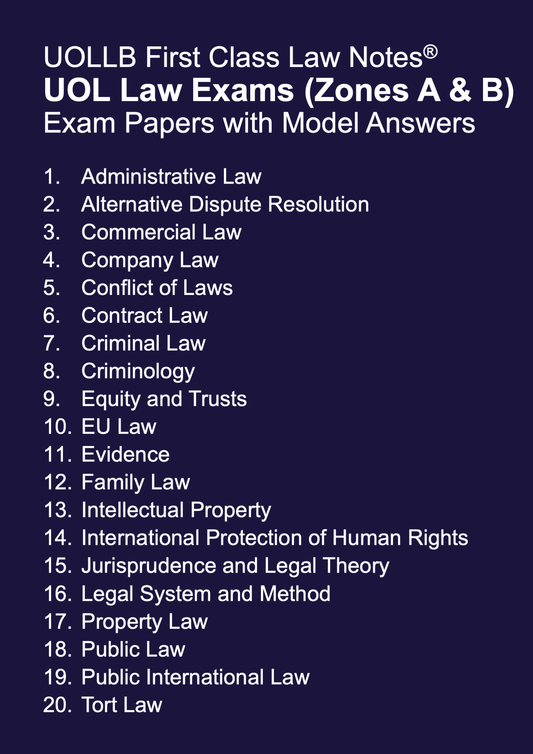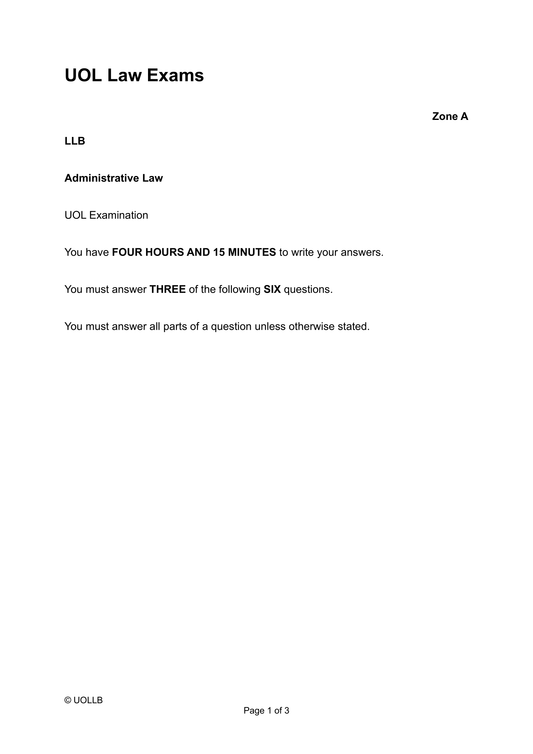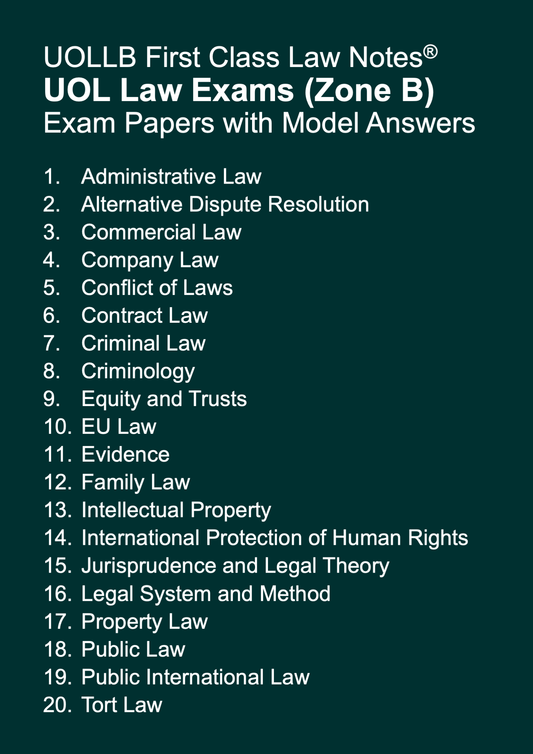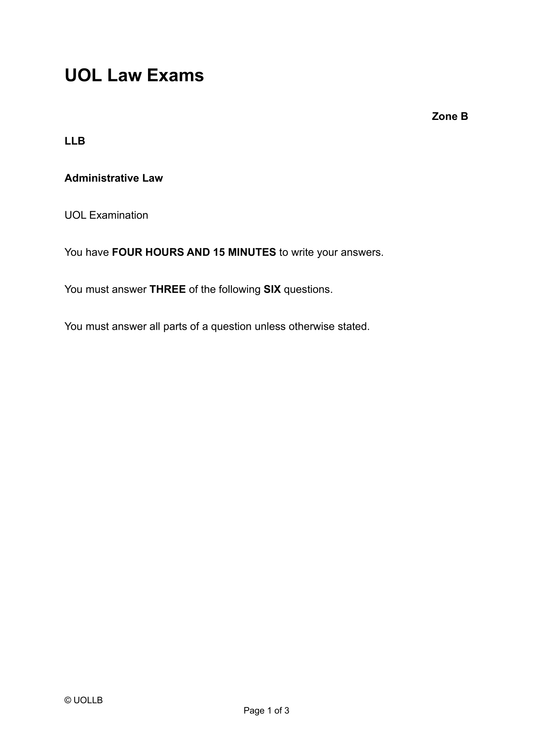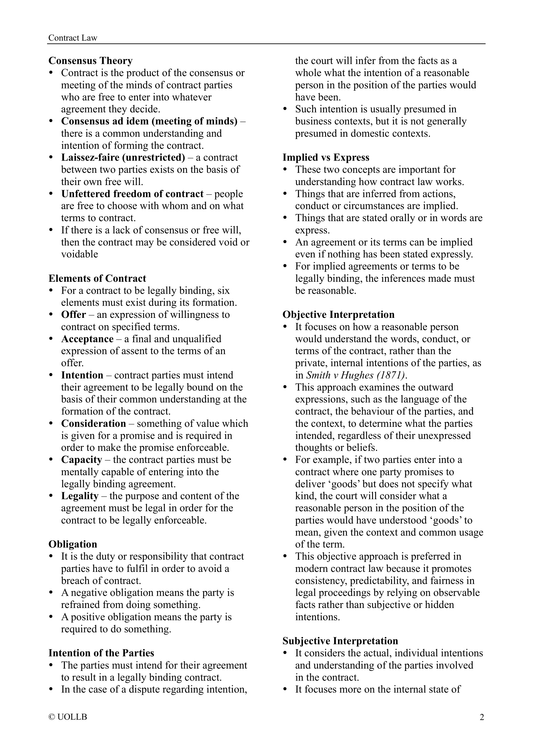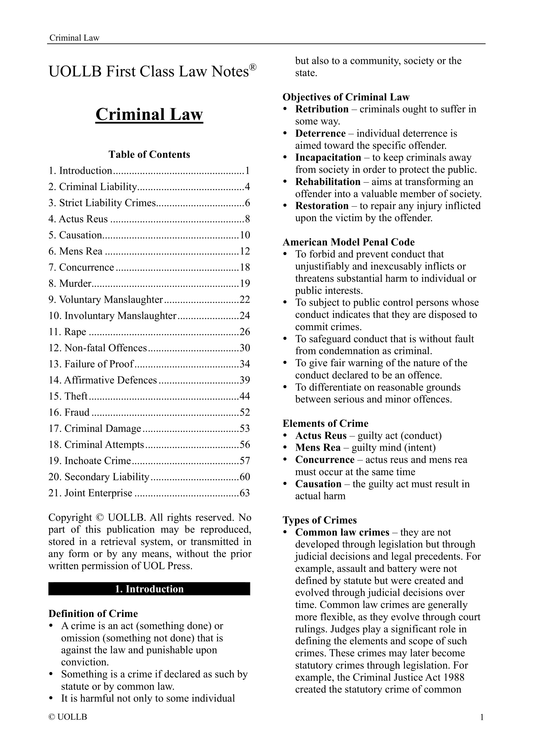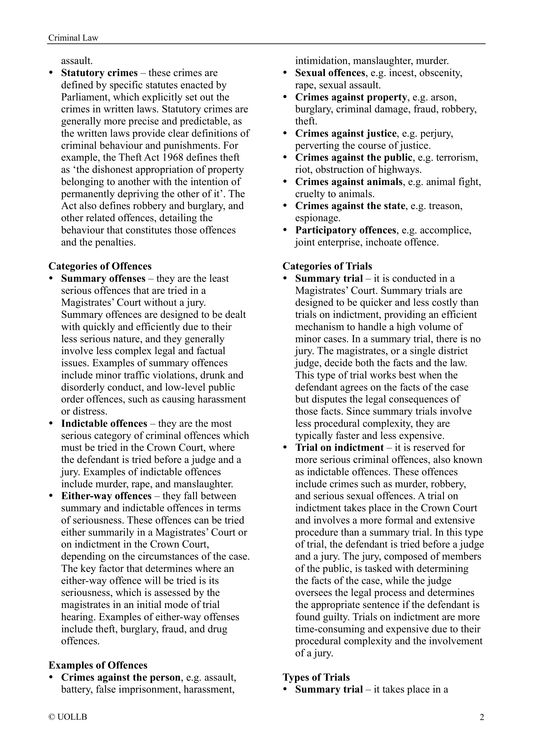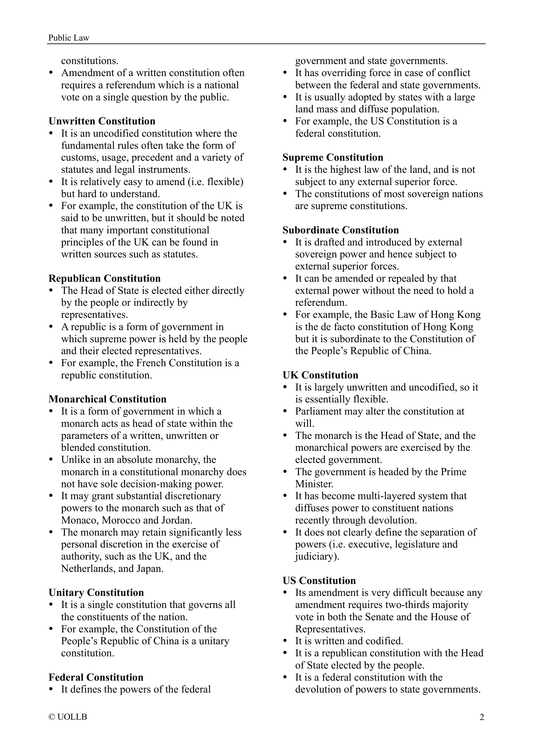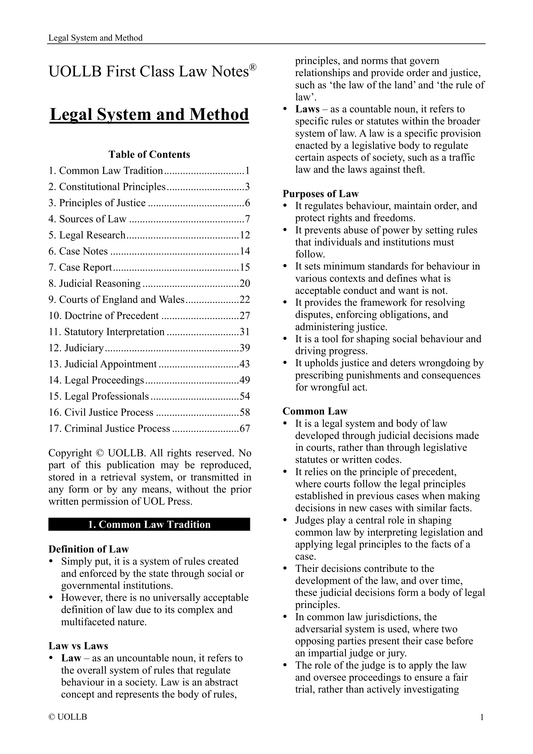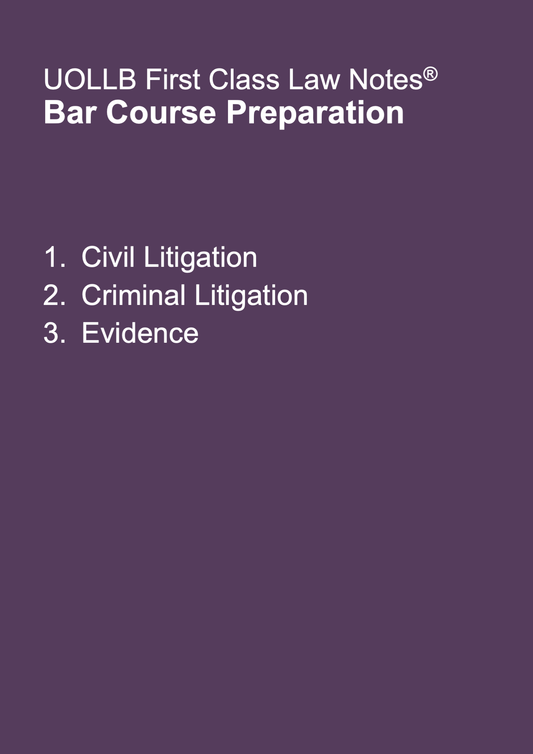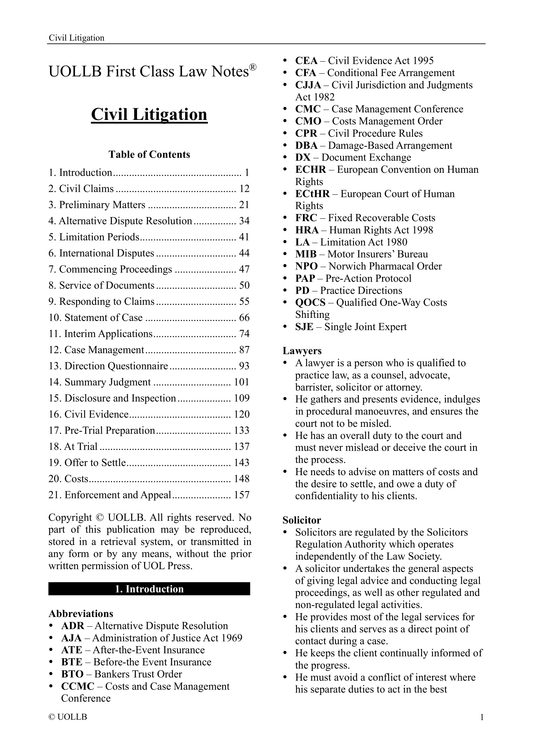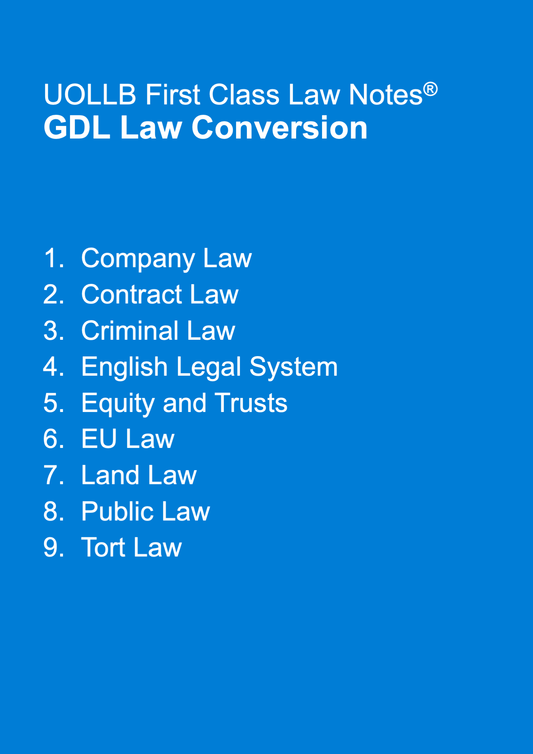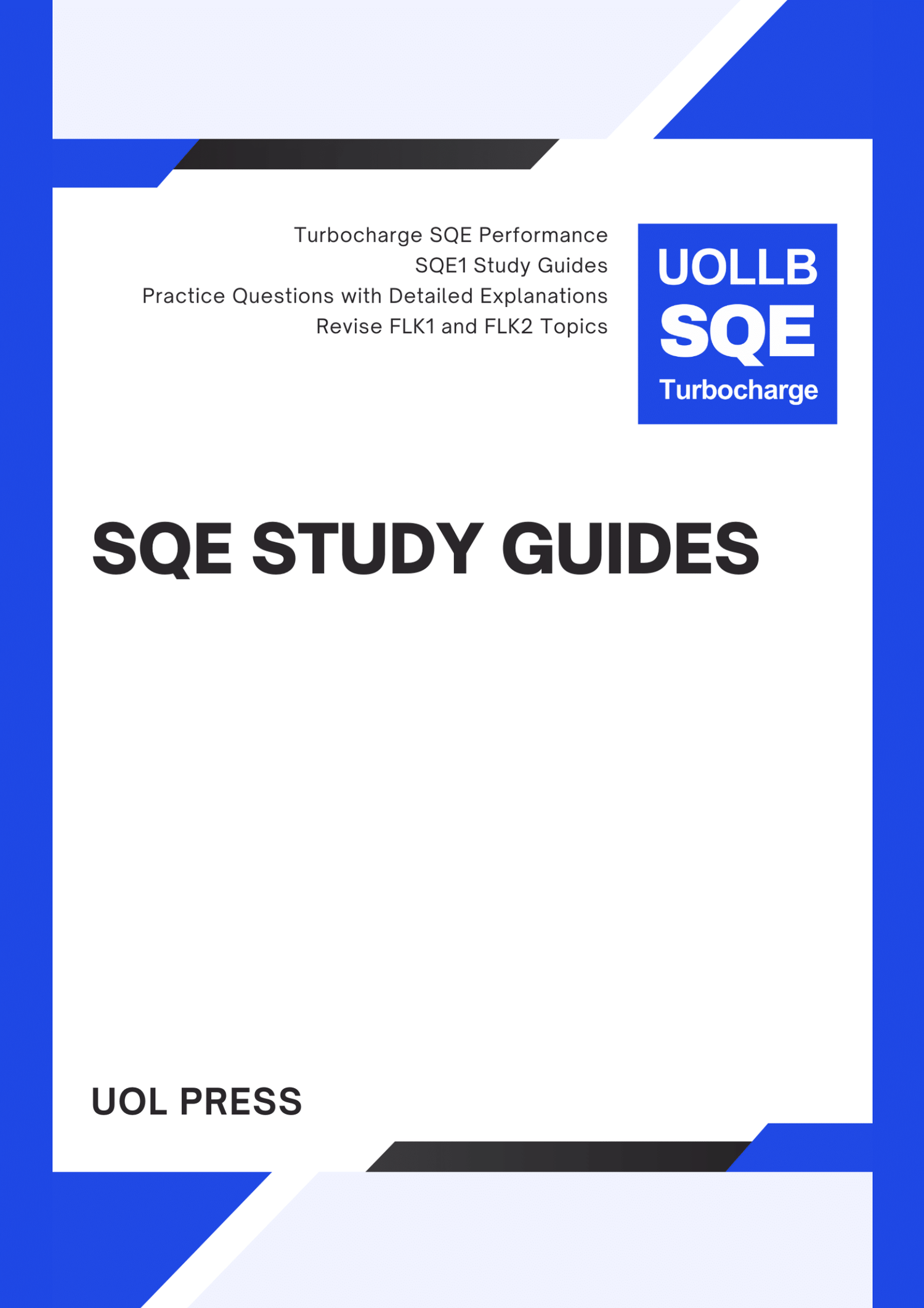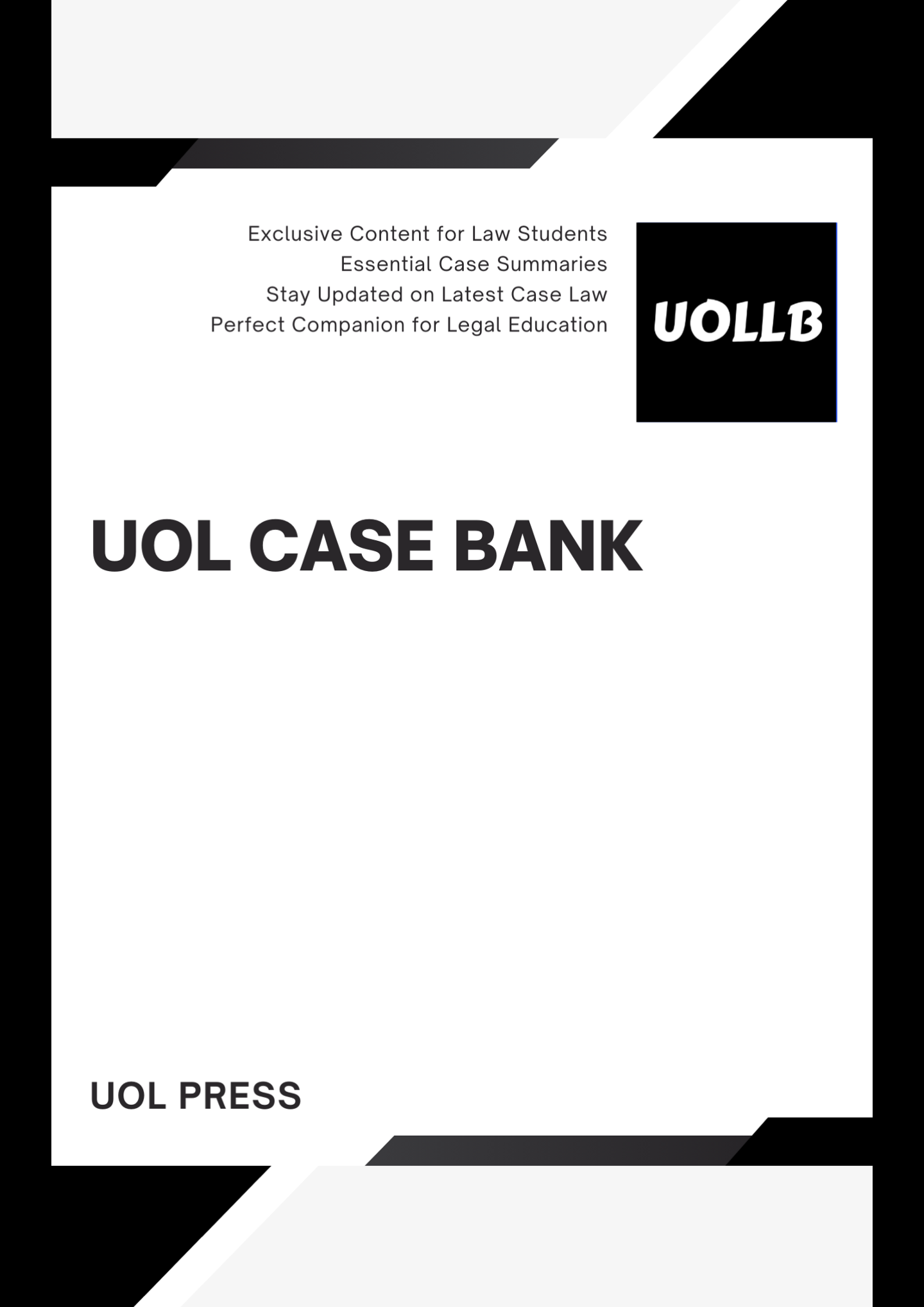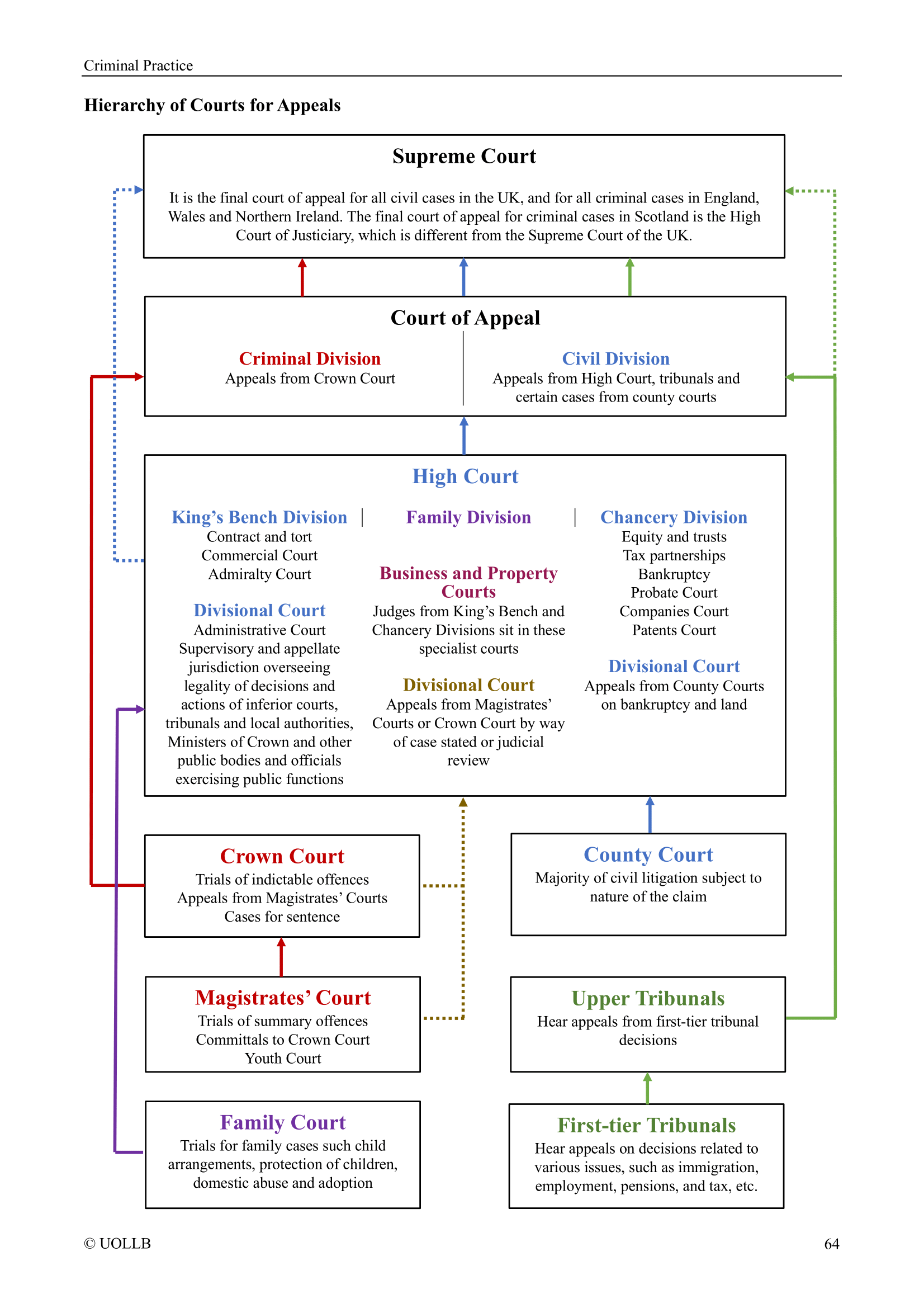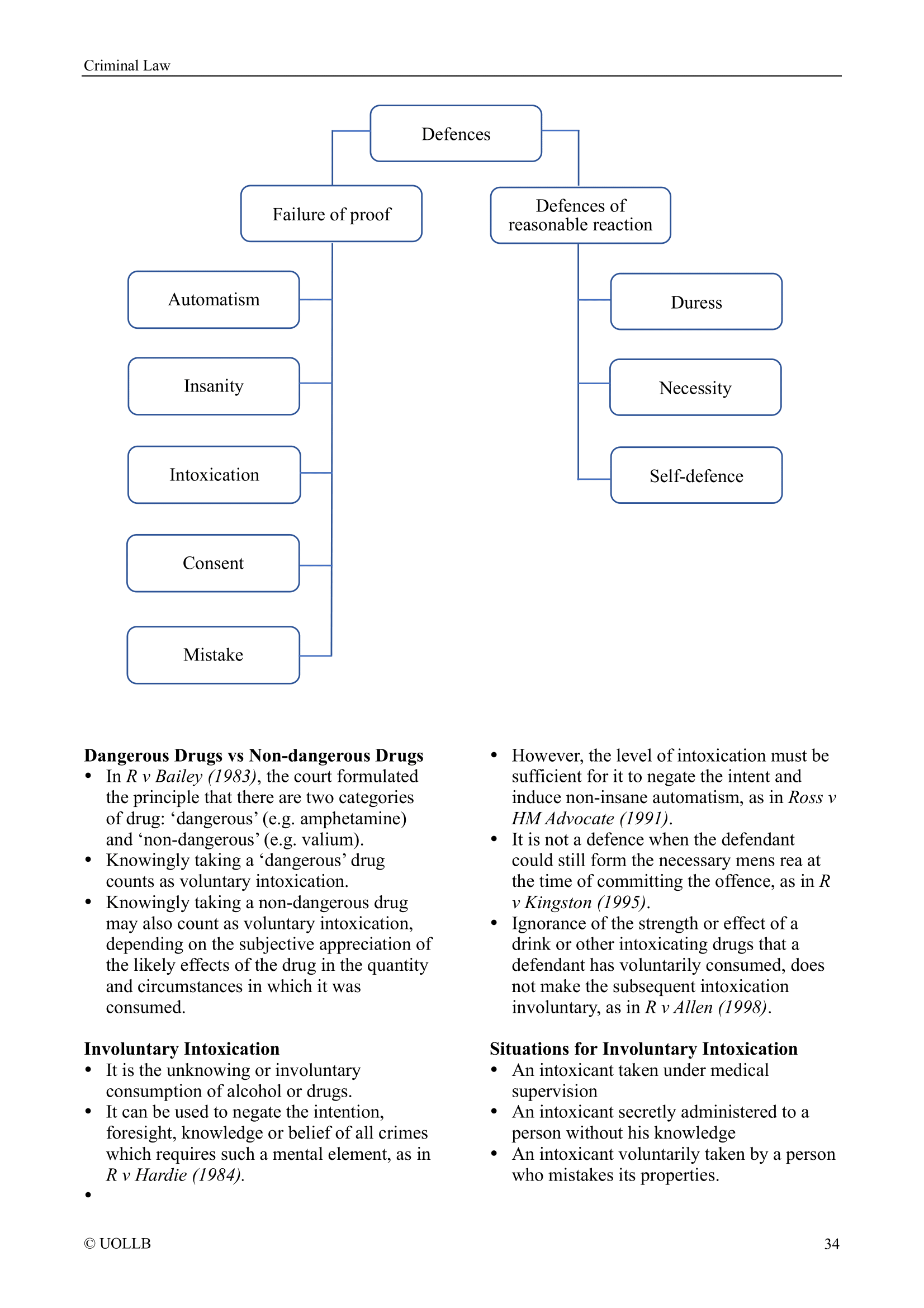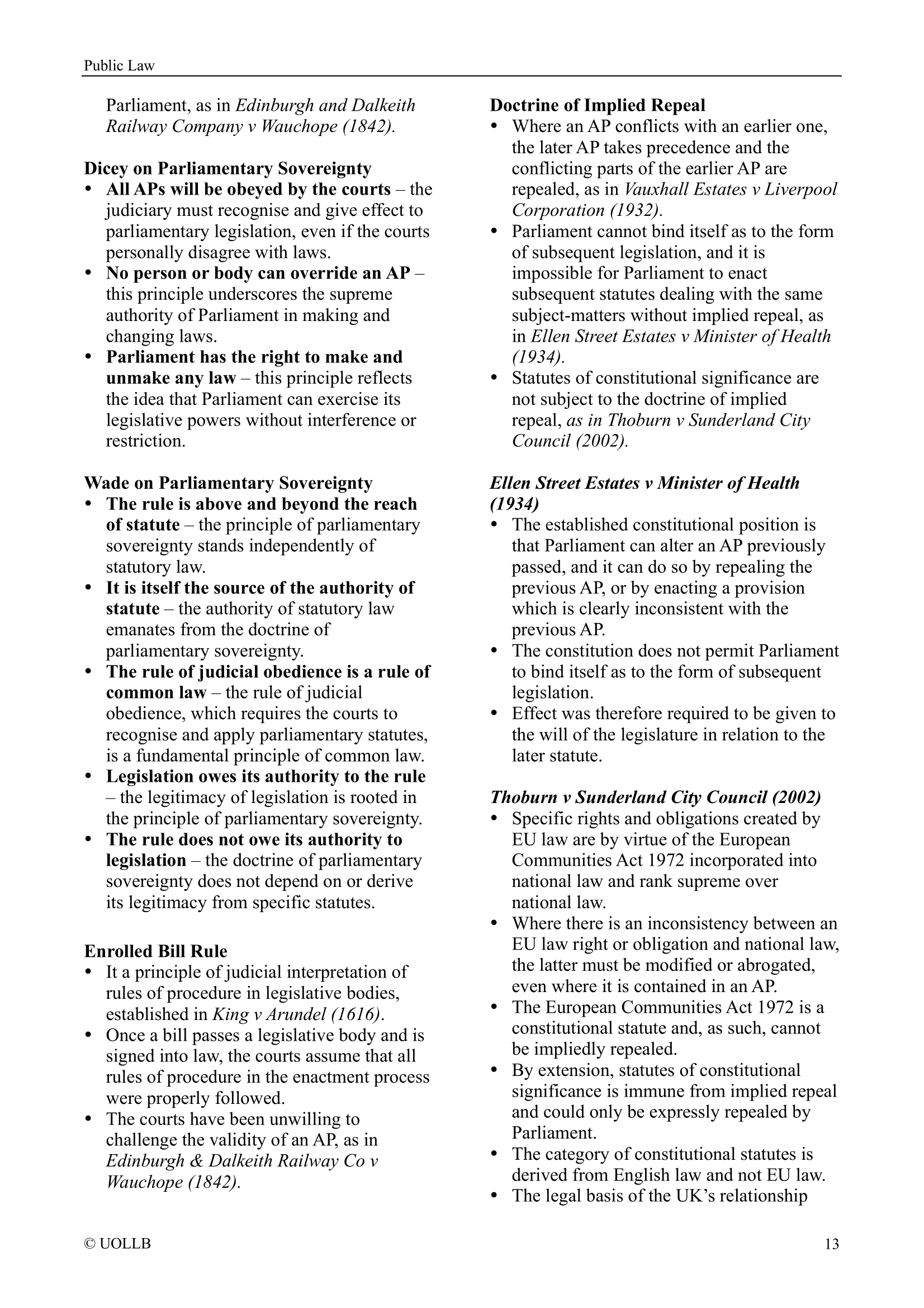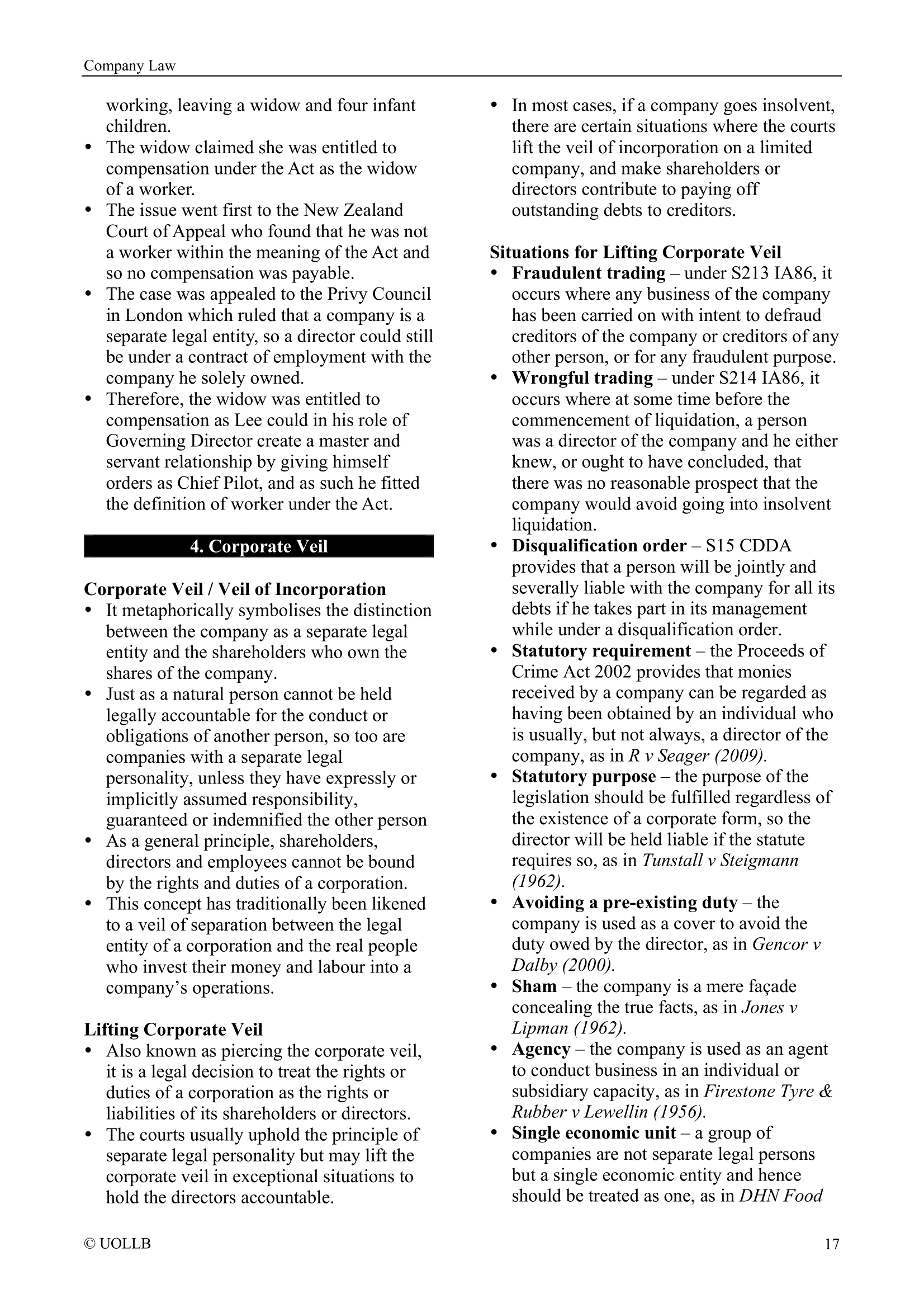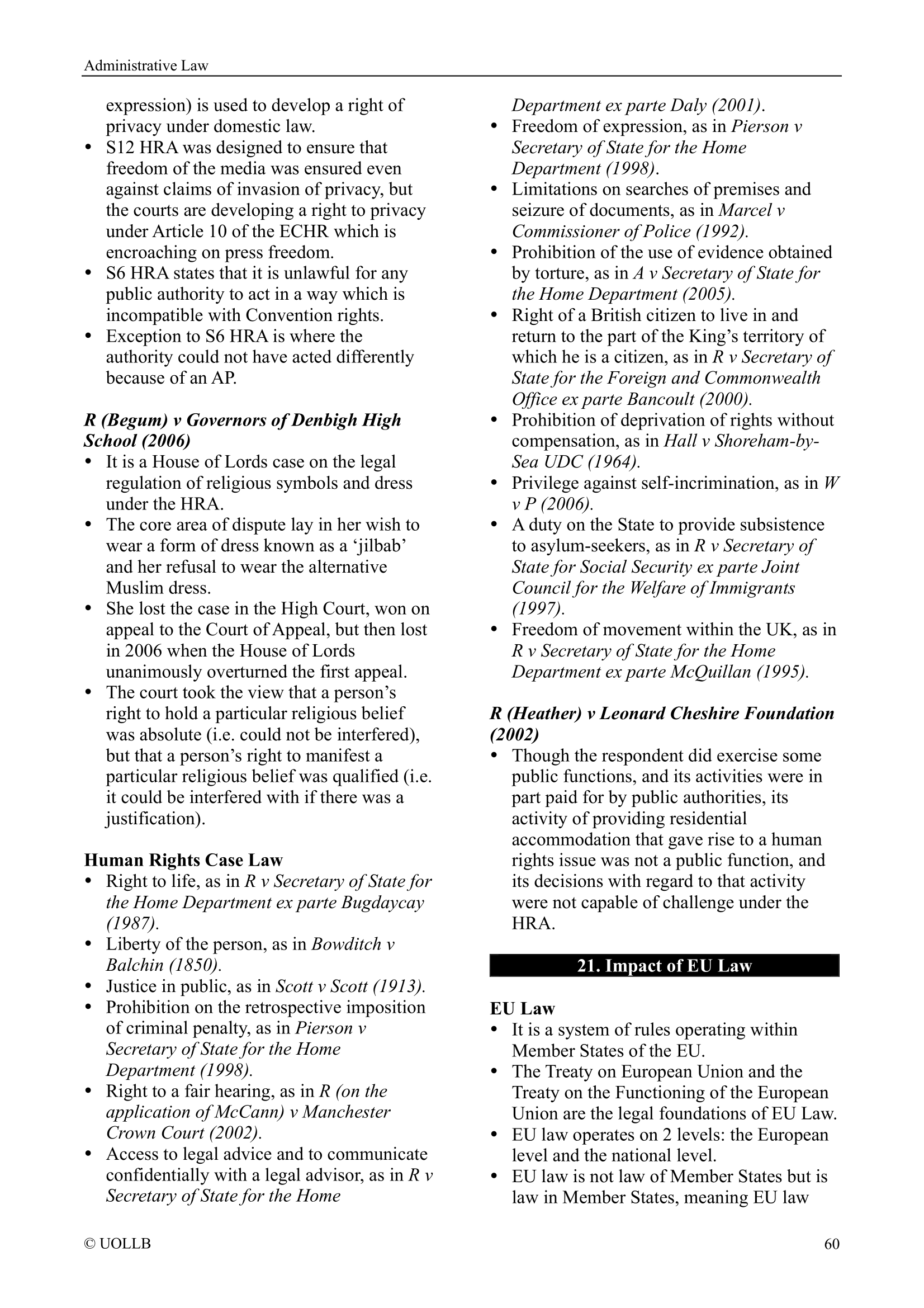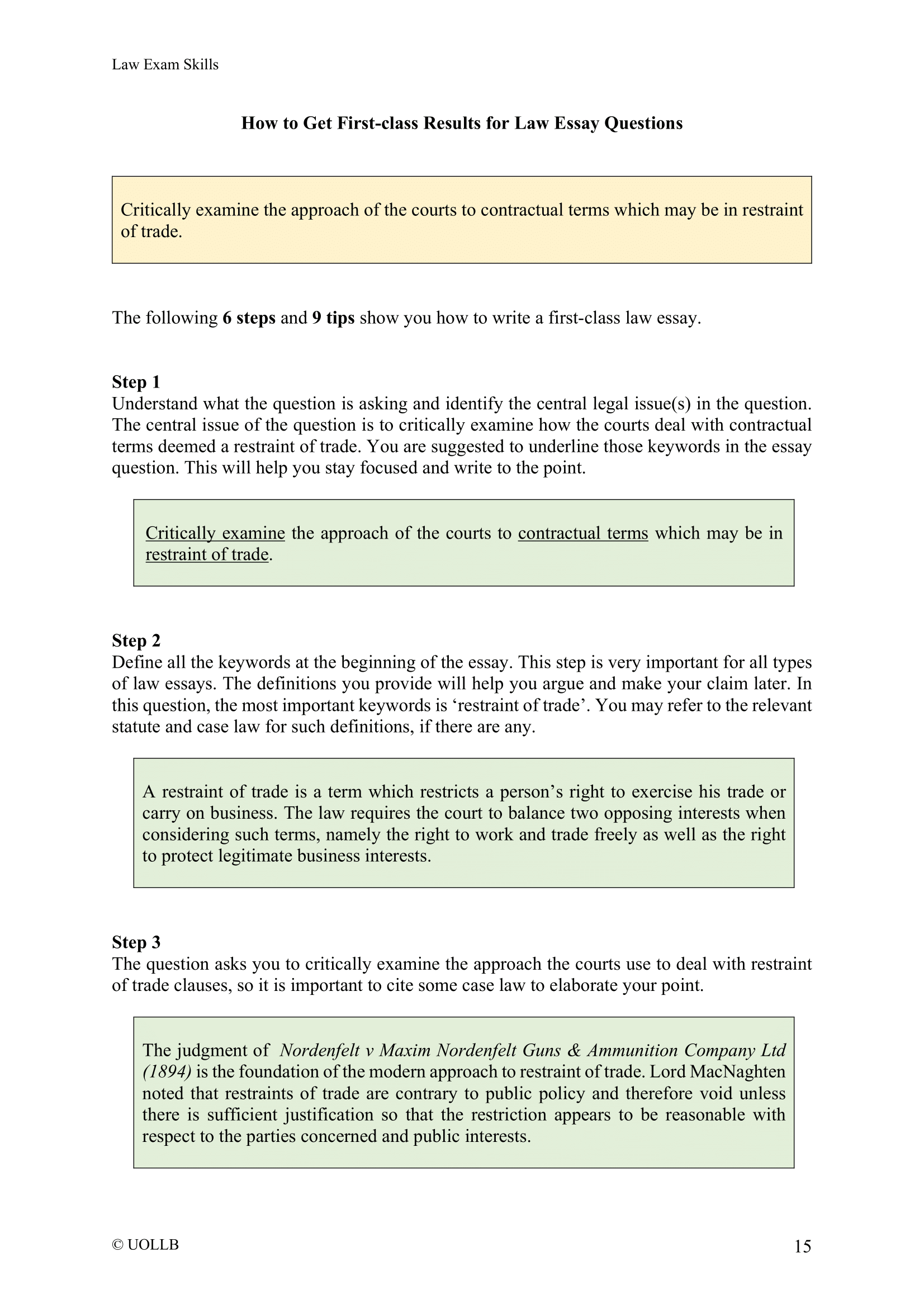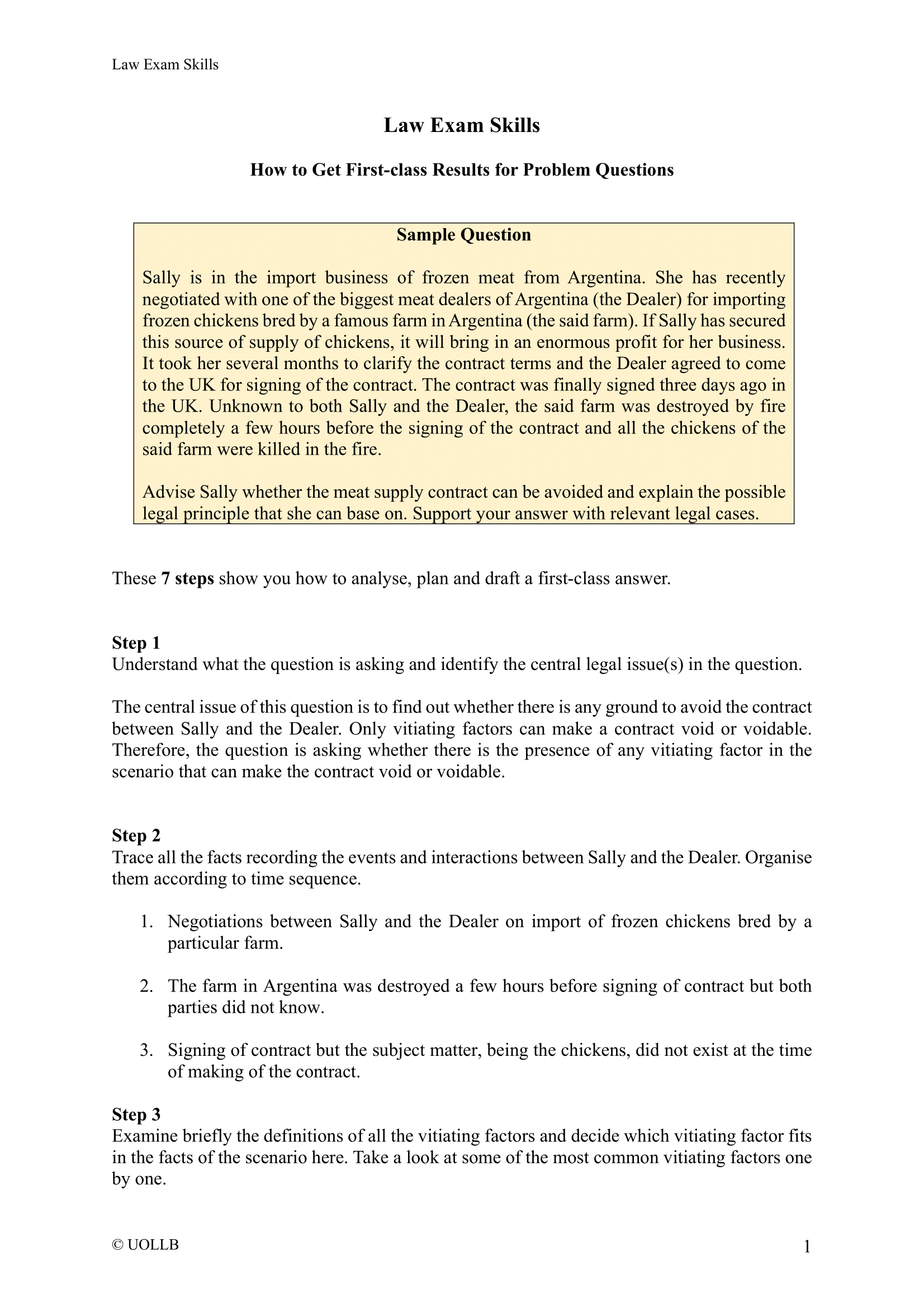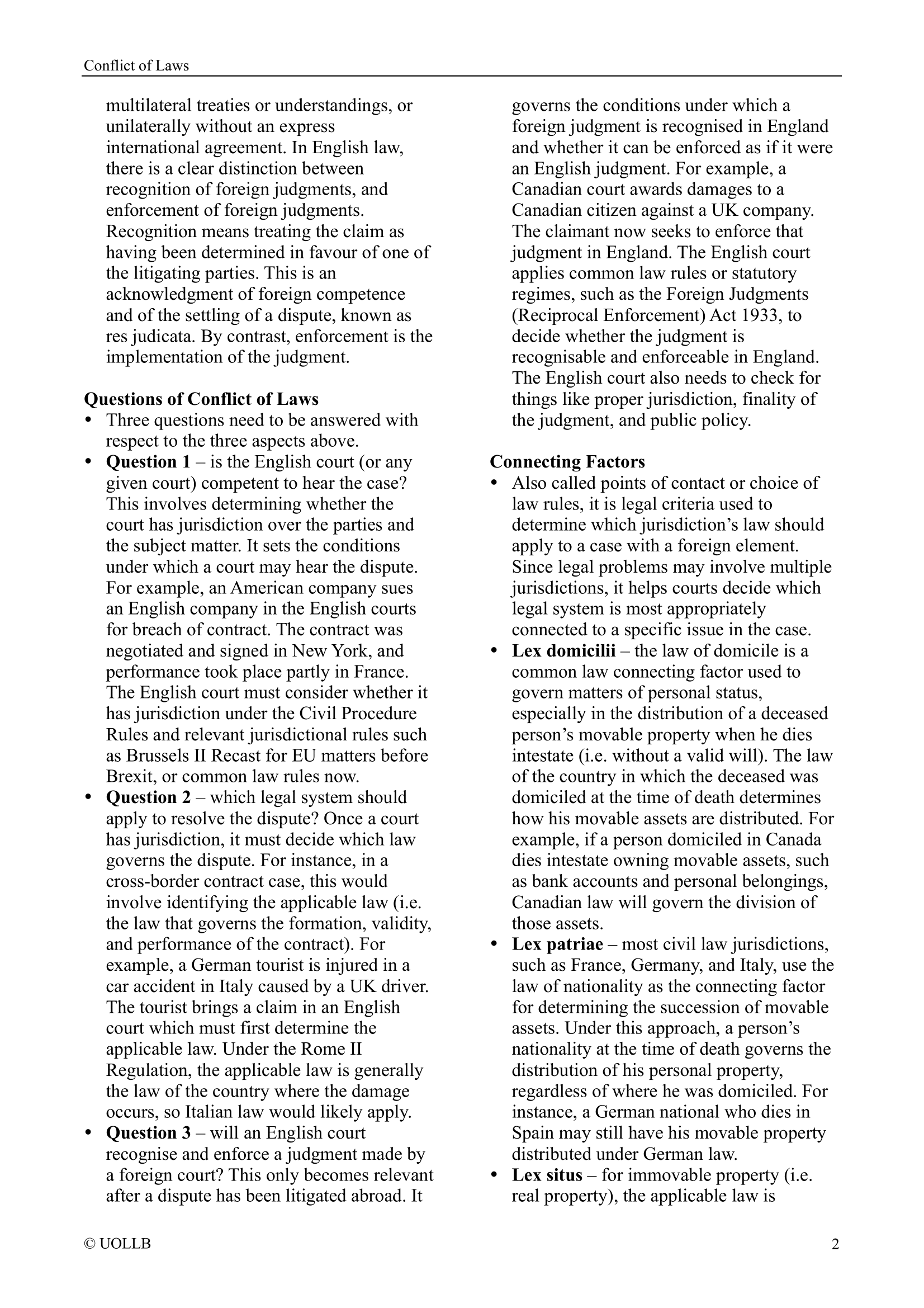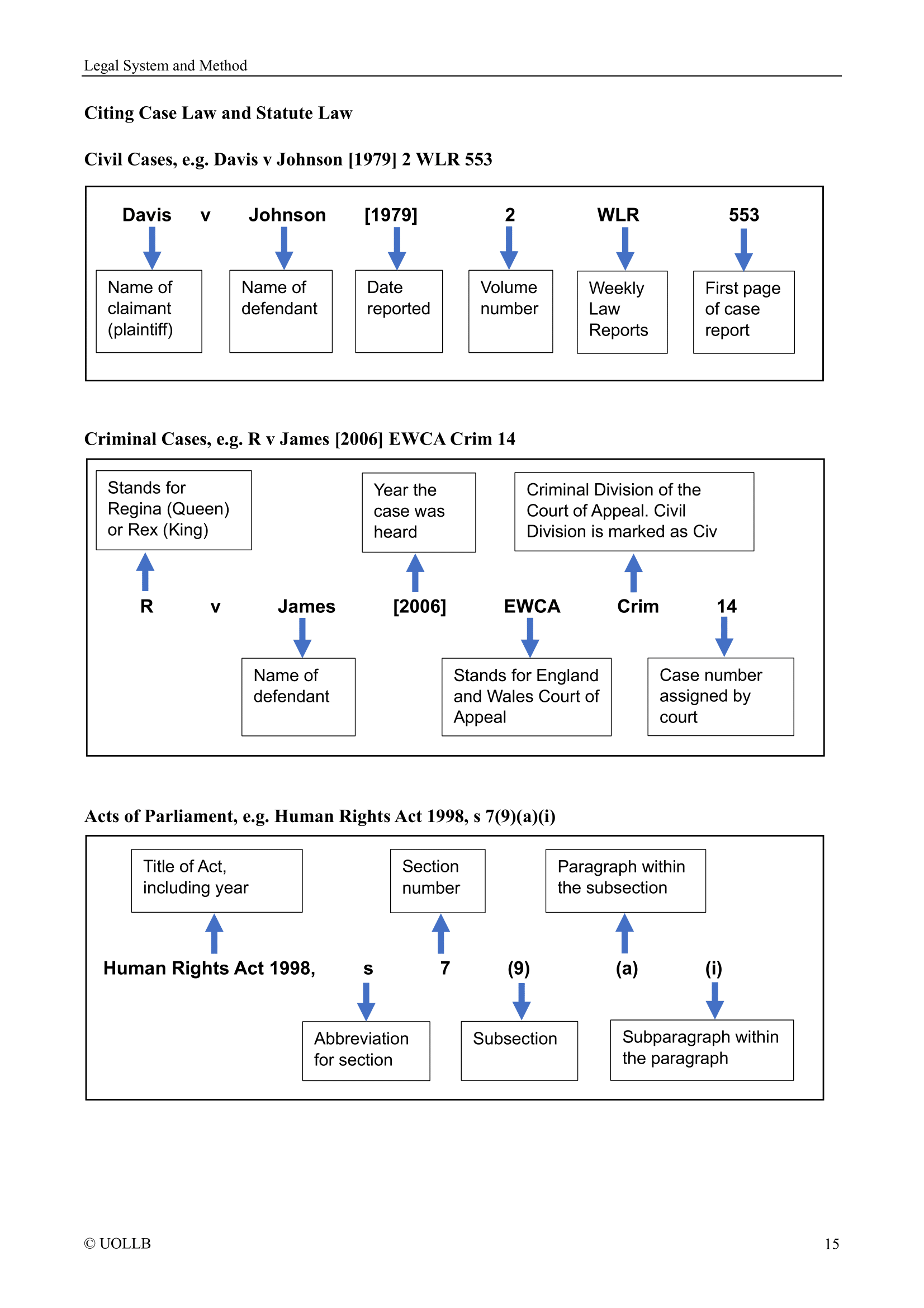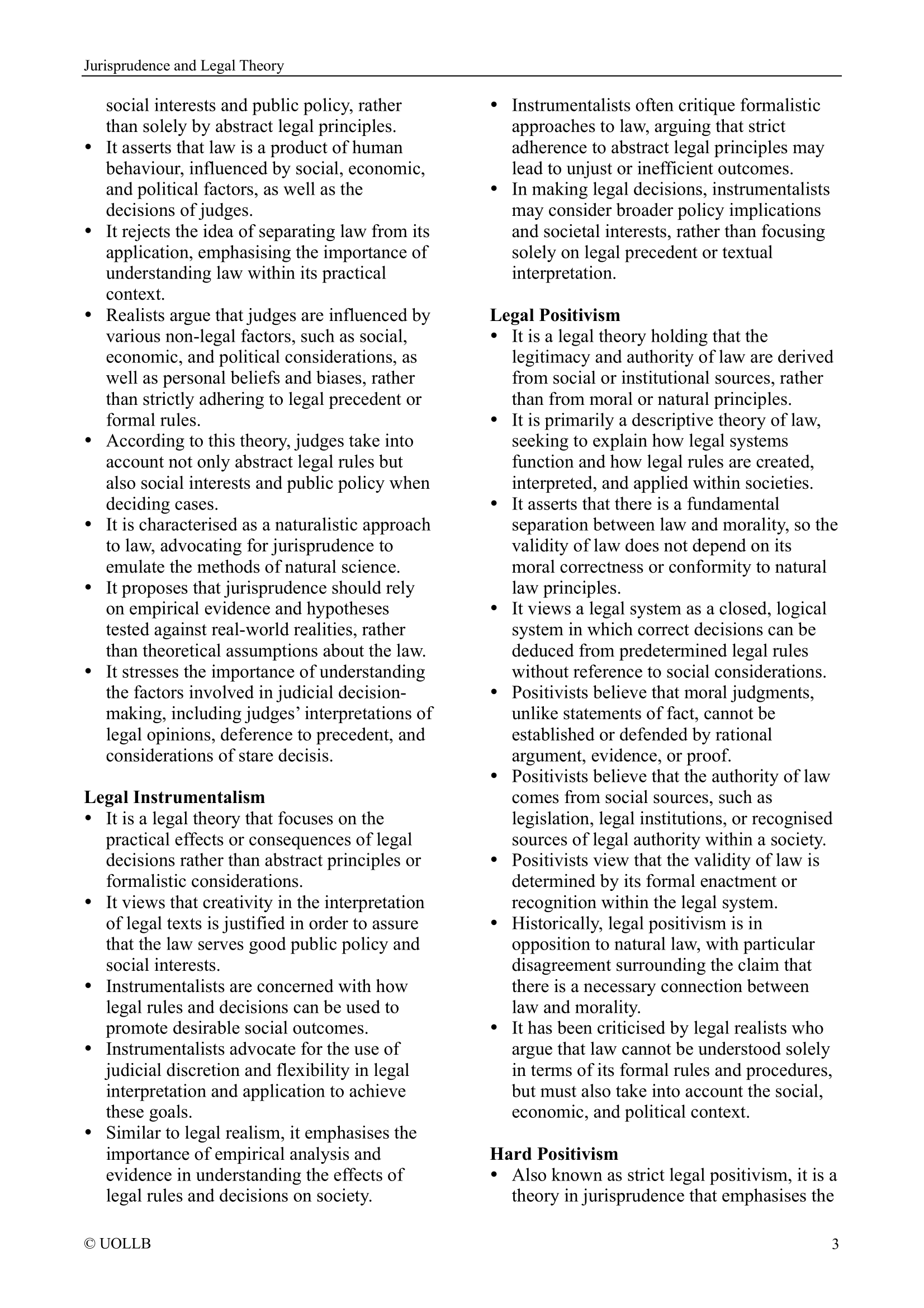SQE2 Legal Writing
Share
The Legal Writing task in SQE2 is designed to assess your ability to draft professional written correspondence that is legally accurate, clearly expressed, and tailored to the needs of its recipient. This computer-based assessment mimics real-world solicitor practice, where legal communication often takes the form of formal emails or letters written either to clients, colleagues, opponents, or third parties in the context of Business Law and Practice, Criminal Practice, Dispute Resolution, Property Practice, or Wills and the Administration of Estates. You are given 30 minutes to complete the task.
At the outset, you receive an email from a partner within the simulated law firm. This email sets out the context and the objective of the writing task. It may also be accompanied by additional documents such as client correspondence, contracts, case summaries, or other background materials. The recipient of the letter or email will vary depending on the scenario. It could be a client seeking clarification, a third party involved in the matter, an opposing party in litigation or negotiation, or a fellow solicitor. The tone, content, and structure of the correspondence must reflect the professional relationship and purpose of the communication.
The letter or email must be logically structured and factually accurate. You are assessed on your ability to identify and incorporate the relevant facts of the case in a way that clearly supports the legal position being communicated. The communication must be client-focused or recipient-focused, so the language, content, and emphasis must suit the needs, understanding, and concerns of the person receiving it. For example, if writing to a client, the language must be clear and free of unnecessary jargon, while still correctly explaining the legal position. If writing to an opposing solicitor or third party, a more formal and strategic tone might be necessary.
Clear, precise, and concise writing is essential. You must avoid verbosity and ambiguity, using legally correct terminology where appropriate, but always in a way that is accessible to the intended recipient. The use of headings, paragraphs, and logical ordering of points will demonstrate an ability to communicate complex legal ideas effectively and professionally.
From a legal standpoint, you must apply the law correctly to the specific facts of the scenario. You must demonstrate a clear understanding of how the relevant legal principles influence the client's position or next steps. Moreover, a high-quality piece of legal writing will reflect comprehensive legal application, taking into account not just the main issue, but also any ancillary issues that may affect the client's matter, including risks and options. Where relevant, you must also identify and appropriately address ethical or professional conduct issues, such as confidentiality, conflicts of interest, or the duty of candour.
In summary, Legal Writing tests your ability to draft clear, well-reasoned, and recipient-appropriate communications that respond to the facts and legal issues of a matter. Success depends on combining technical legal accuracy with polished written communication that supports the professional role of the solicitor and serves the interests of the client and the recipient.
